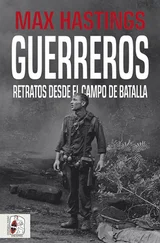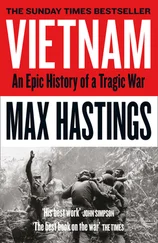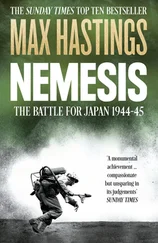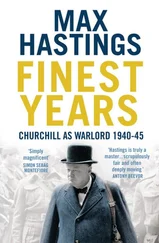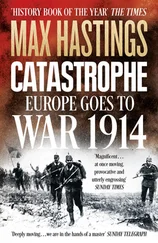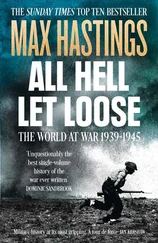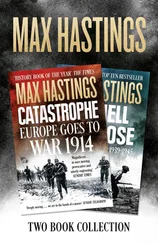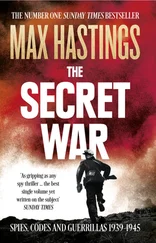French medevac crews earned no plaudits: on 23 March an H-19 helicopter landed against orders on a notoriously exposed site. As it was being loaded with wounded its crew wandered away, thus escaping the destruction by shellfire of their machine and its helpless occupants, including general’s son Alain Gambiez. A French writer observed bitterly, ‘ Certainement , the helicopter crews had not been chosen from the best elements of the Air Force,’ and de Castries deplored their lack of guts. Soon, hard things were also being said about fixed-wing aircrew, who were both exhausted and demoralised. American mercenary pilots of the CIA’s airline CAT flew a growing number of resupply missions, displaying more skill and steel than their French counterparts. Especially hair-raising were napalm sorties: as one C-119 roared down the runway towards take-off, its pilot raised the undercarriage prematurely, causing the plane to career on its belly along the tarmac in a cascade of sparks, amid four tons of ‘hell-jelly’ and 1,500 gallons of aviation spirit. By some freak of fortune, the crew survived.
As for the garrison of Dienbienphu, most of the French units remained staunch, but contempt for their colonial brethren rose by the day. Not only had the Vietnamese paras failed to regain Gabrielle on the 15th, but their French officers ‘had given a deplorable example’, in the words of Pierre Rocolle. An Algerian battalion abandoned its positions and drifted away into the scrub and villages beyond the perimeter, where some hundreds of ‘the rats of Nam Youm’, as they became known, lingered for the rest of the battle, living off pillaged supplies. North African gunners and engineers remained impressively steady, but suffered fifty casualties a day even when no big attack was taking place.
It was not de Castries who became the soul of the defence, but instead Langlais, who in the words of an admiring fellow-Legionnaire ‘sang the Marseillaise for fifty-six days. He never weakened.’ The colonel, however, was no more a thinking soldier, nor indeed a tactician, than are most career heroes. De Castries confided to Navarre, ‘He has the weaknesses of his virtues.’ On the 16th Langlais was joined by Maj. Marcel Bigeard, a new arrival though an old comrade, who became another legend of the siege. The son of an impecunious Toul railway worker, after one bloody action Bigeard had recommended every para in his unit for a Croix de Guerre. This man of iron was always known by his radio call-sign, Bruno. Yet both Langlais and ‘Bruno’ were better suited to enduring a crucifixion than inspiring a resurrection.
A couple of successful sorties gave a modest boost to the garrison’s morale, but de Castries was obliged to weigh the gains of such actions, and even of routine patrolling, against the lives they cost. The plight of the wounded worsened: a certain Sgt. Leroy suffered shrapnel wounds on Isabelle on 16 March, and was at the hospital recovering when it was shelled, wounding him again. He was driven back to Isabelle in time to encounter a new bombardment which killed the driver of his truck. After rescue from the wreckage he somehow survived a stomach operation, then spent the ensuing three nights in a drainage ditch before being flown to Hanoi on 25 March.
Between the 13th and the 27th, 324 casualties were evacuated, but on the 28th Vietminh artillery wrecked a Dakota on the airstrip. Giap’s guns now ranged at will, and Maj. Bigeard led twelve hundred paras in a desperate sortie against them. In that day’s fighting the Vietminh were reckoned to have lost 350 men killed, together with many flak mountings destroyed. But the French suffered 110 casualties – a company written off, for no decisive result – and de Castries had fewer lives to play with. The airstrip’s utility was at an end: the ‘air bridge’, on which the whole Dienbienphu plan had been founded, was rent asunder. Soldiers began to lift pierced steel plank from the runway to roof trenches and bunkers: planes would not again need them.
Thereafter, the sufferings of the wounded became terrible indeed. Supplies ran short of vinogel , wine concentrate, which provided the stimulant that had been the lifeblood of generations of French soldiers. On 29 March the miseries of both sides were intensified by torrential rain, which persisted through the remaining weeks of the battle: men fought and died in a sea of mud. Now that the garrison was dependent upon parachute-dropped supplies, the inadequacy of air support was laid bare. Flak forced transports to abandon low-level daylight operations, and resort instead to high-altitude night drops, which caused an increasing volume of material to descend into Giap’s hands. The Vietminh commander observed dryly that ‘enemy parachutages constituted a not-negligible source of supplies, which literally fell out of the sky!’
The most famous French defence of the twentieth century was that of Verdun in 1916, where Gen. Philippe Pétain’s forces were sustained by a single tenuous supply road that passed into history as the ‘ voie sacrée ’. On 22 March Col. de Castries observed in a personal letter to Gen. Cogny that Dienbienphu was becoming an Indochinese Verdun, with one critical deficiency: there was no voie sacrée .
Конец ознакомительного фрагмента.
Текст предоставлен ООО «ЛитРес».
Прочитайте эту книгу целиком, купив полную легальную версию на ЛитРес.
Безопасно оплатить книгу можно банковской картой Visa, MasterCard, Maestro, со счета мобильного телефона, с платежного терминала, в салоне МТС или Связной, через PayPal, WebMoney, Яндекс.Деньги, QIWI Кошелек, бонусными картами или другим удобным Вам способом.

